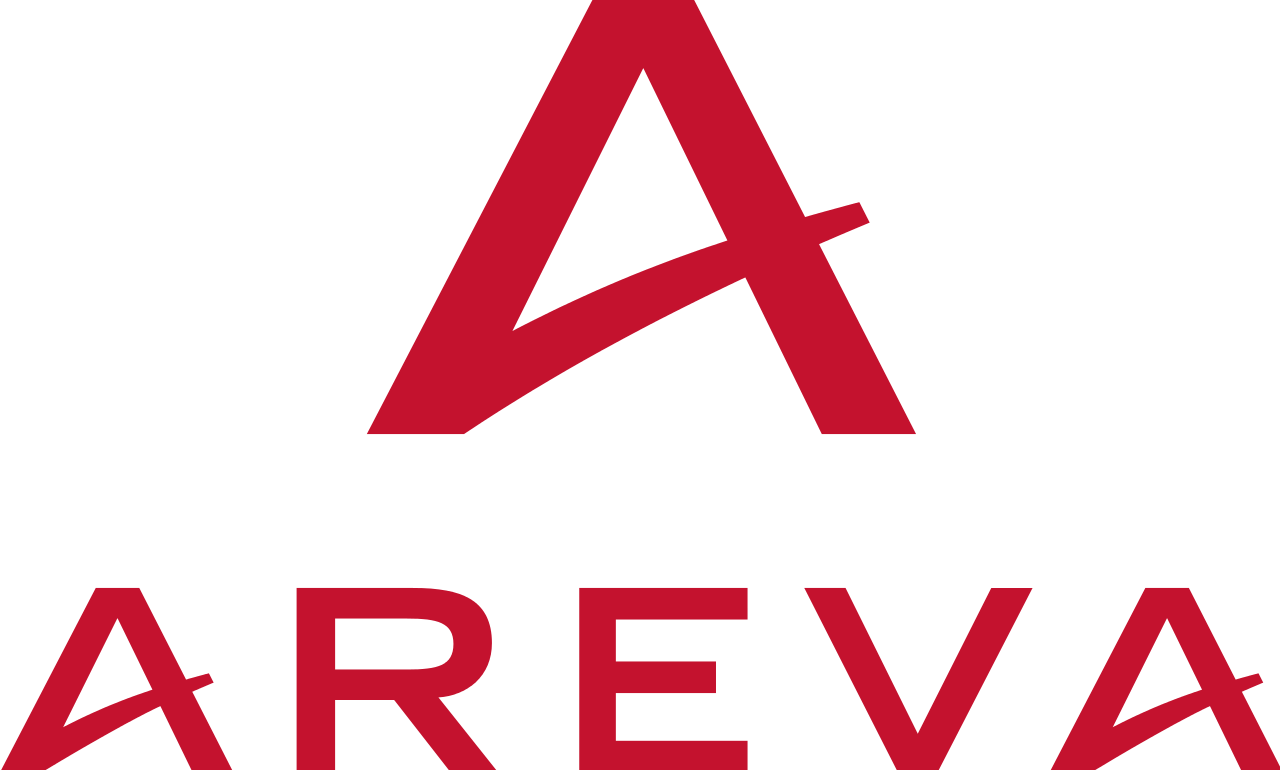9/11/2008
Press release
Treatment activity:
During this period, 13 canisters of vitrified fission products has been produced(1) in the vitrification facilities. Since the beginning of the year, 529 canisters have been produced
The facility of hulls compaction (ACC) produced 31 canisters of compacted residues. Since the beginning of the year, 960 canisters have been produced.
(1)The fission products (ultimate residues of spent fuel) are incorporated in heated glass to approximately 1100°C. The whole is poured in stainless steel containers. The fission products are an integral part of stable, compact and resistant glass. This process is called vitrification.
http://www.lahague.areva-nc.com/
The treatment of MOX used fuel began of the UP2-800 plant.
From all treated assemblies, a total of 711 tons have been processed to date this year.
Concerning the UP3 plant, the treatment of the australian research used fuel is in progress.
From all treated assemblies, a total of 711 tons have been processed to date this year.
Concerning the UP3 plant, the treatment of the australian research used fuel is in progress.
During this period, 13 canisters of vitrified fission products has been produced(1) in the vitrification facilities. Since the beginning of the year, 529 canisters have been produced
The facility of hulls compaction (ACC) produced 31 canisters of compacted residues. Since the beginning of the year, 960 canisters have been produced.
(1)The fission products (ultimate residues of spent fuel) are incorporated in heated glass to approximately 1100°C. The whole is poured in stainless steel containers. The fission products are an integral part of stable, compact and resistant glass. This process is called vitrification.
http://www.lahague.areva-nc.com/
